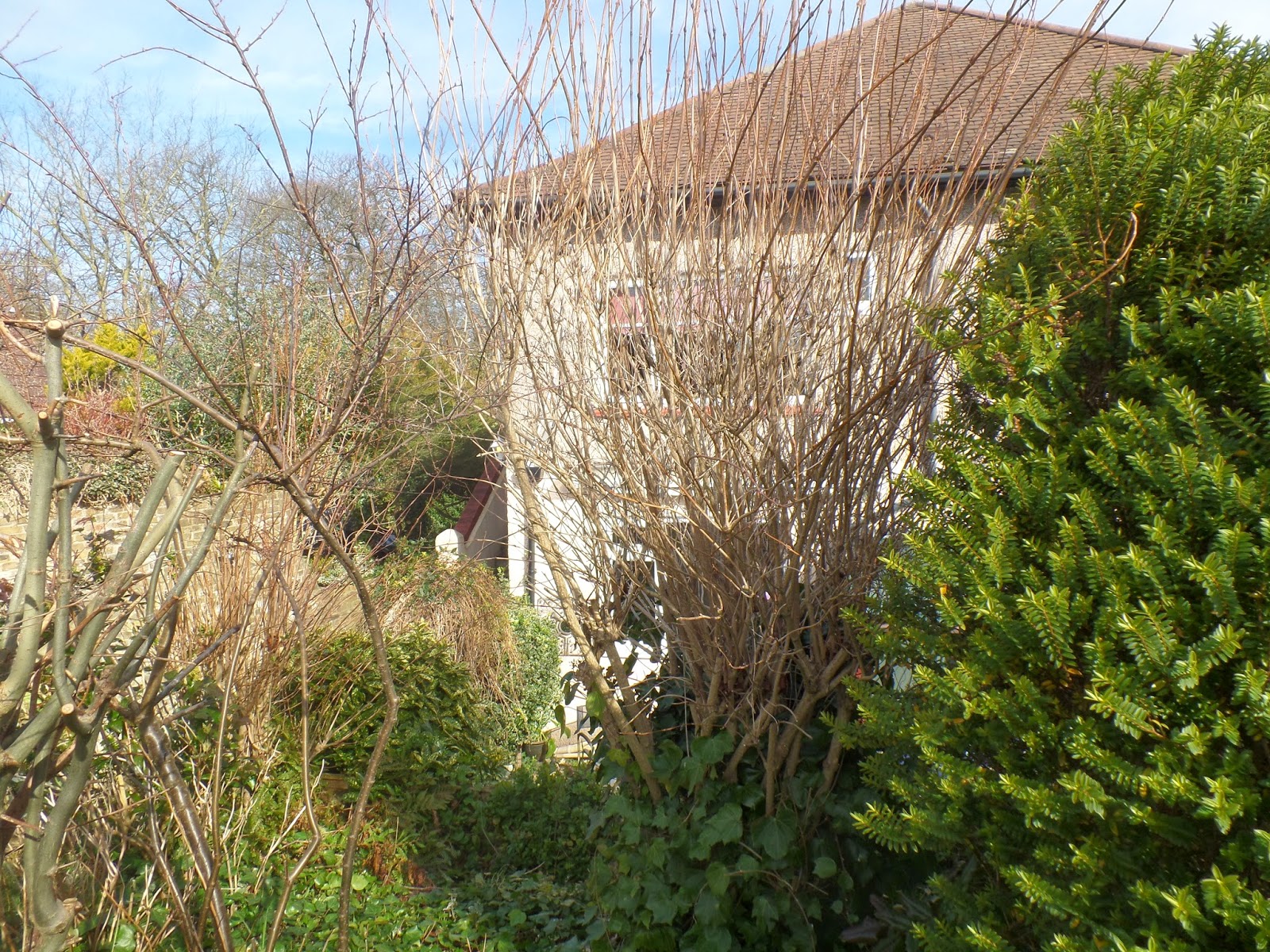Off to Blenheim Palace, best described by Christopher Winn in 'I never knew that about England' as 'the great baroque pile across the park'. And what a 'pile'! Opulent. Yes. Not quite the Palace of Versailles, but fairly close in style and grandeur. And built in an era when a few people owned most of England.
The park was enormous of course, 2,000 acres of it. It was designed by that great English garden designer, Capability Brown. On the edge of the park lay the town of Woodstock, where Henry II built a tower for his mistress, the 'Fair Rosamund' and surrounded her with a maze. But this was another story.
The Grand Bridge, which divided the lake in two.
As we walked towards the house we saw a giant pillar in the distance. And yes it was a statue, of the first Duke of Marlborough, who named Blenheim House after his victory at Blenheim. It was called the Column of Victory.
Now the first Duke of Marlborough started off as plain John Churchill. He rose from being a commoner to a duke, due to royal connections, hard work and military leadership. The land and money to build the house was given to him as a reward for his military triumphs against the French and Bavarians during the War of the Spanish Succession, culminating in 1704 in the Battle of Blenheim (Wikipedia). The house was built between 1650 and 1722).
The grand entrance, with the Column of Victory in the distance.
Winston Churchill was born in Blenheim Palace, and lived there as a child, mostly being brought up by his nanny and grandmother, due to his parents being away a lot. They eventually divorced. Winston's grandfather was the Duke of Marlborough, but as Winston's father was the younger son he missed out on being a Duke. The succession went through the eldest son.
Blenheim Palace, the home of the Duke of Marlborough, the current one being the 11th Duke. It is an UNESCO World Heritage Site. And according to Wikipedia is the only non-royal non-episcopal country house in England to hold the title of palace.
The palace opened to the public in 1950. It was of course an expensive place to run, and a few of the earlier Dukes had very extravagant lifestyles, and there was much squandering of money and assets. But much was saved during the last century when one of the Dukes married a rich American, whose father put an enormous sum of money into the palace and also gave the Duke and his wife substantial allowances. All so his daughter could become a Duchess. It saved the day, but was a very unhappy marriage and ended in divorce.
The photo below is taken from the formal gardens.
Once inside the building we first went upstairs and followed an interactive visual tour, which told the story about the building of the palace, and the life of the first Duke and Duchess of Marlborough, plus the continuing story of the development of the family over the centuries. It was extremely well done. Fascinating.
The huge entrance hall with its massive chandelier. Impressive.
On the second part of the visit we looked at the Churchill Exhibition, which provided an insight into his life. It also showed the room where he was born. We then went through into the state rooms.
The dining roroom is currently used by the current Duke and his family for Christmas dinner each year.
One of the tapestries that portray the first Duke in battle.
Plastic crabs? Hundreds of them. They are in fact part of the Ai Weiwei exhibition. He is a Chinese contemporary artist and activist, who is trying to bring to people's attention the inequalities and lack of personal freedom in China. This piece of art represents the repression of the people in China.
Another opulent room, a bit at odds with the concept of the ideas being represented with the pile of plastic crabs on the floor. Or does it?
The Gallery, which is now used for concerts.
There was a magnificent view over the formal gardens, from the Windows in the Gallery.
At the end we caught a little train, which took us to the Pleasure Gardens, but by this time we were a little overdone. I went for a walk in this maze, which is not the one that Henry II built around his mistress' bower. But impressive all the same. A small boy had to show me the way out of it when I became lost.
There was also a Butterfly House there, which was very hot and steamy inside, but full of beautiful butterflies and small birds.
It was a wonderful visit, and very interesting. We talked about it all the way back to the campsite.



